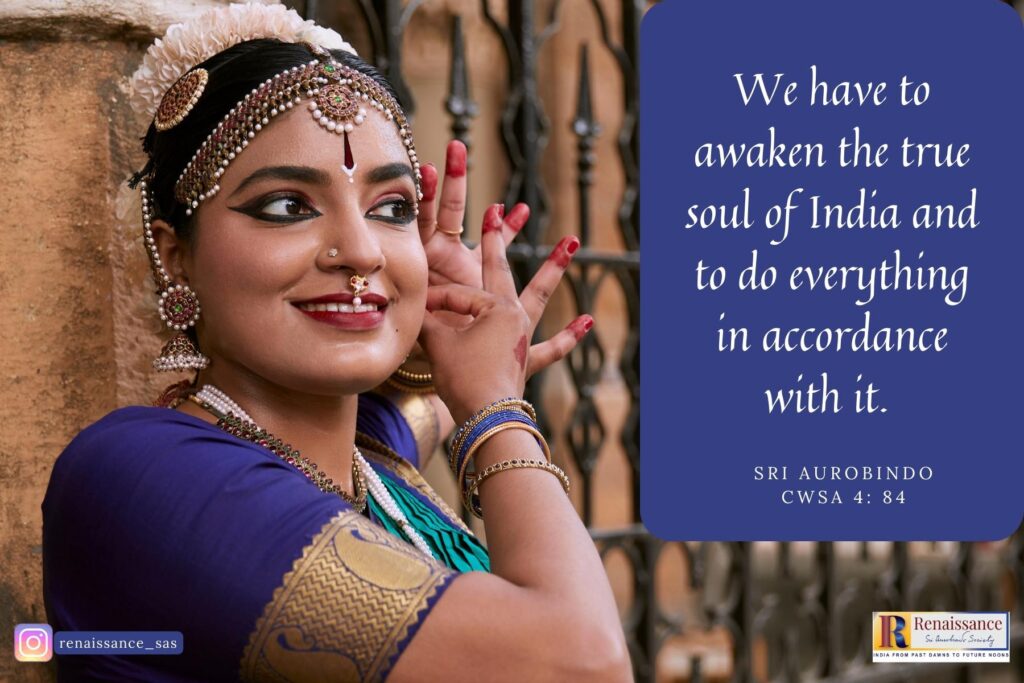The Inner Truth of Mūrti Pūjā
The author speaks of the deeper symbolism behind the mūrti pūjā, and reminds of the truth of the Finite Form, which is a mūrti or a picture created to express some specific aspect of the Formless Infinite.
The Inner Truth of Mūrti Pūjā Read More »








